Vintage jewelry is many things — nostalgic, unique, artistic, sustainable. But for some, buying vintage wedding rings is a twisted and confusing process, especially over the Internet. Educating yourself and your significant other will help give you the confidence and peace of mind needed to make what can be a very daunting purchase.
Vintage jewelry has an enticing character and lore all its own; these heirlooms are some of the most finely crafted works of art in the jewelry world. To know what went into fabricating these pieces within a historical context is to appreciate their unique beauty on an entirely different level.
Vintage wedding jewelry can be broken down into a handful of different categories. Each decorative period has its own signature trends that help us date items and spot reproductions. Some of the more common periods include:
Victorian (1835-1890): Finding diamond engagement rings from this era is difficult but not impossible, though the terms “Victorian” and “sentiment” go hand in hand. At a traditional Victorian wedding, brides and grooms exchanged finely wrought wedding bands that were either completely plain or pressed with intricate eternity designs. Just about every rose gold or silver band was engraved with the initials and date of the wedding ceremony. Some helpful keywords include: antique, Victorian, 19th century, rose gold, acrostic. Common Diamond Cuts: Old Miner Cut (mine cut), Old European Cut, Rose Cut, and Antique Cushion Cut.
Edwardian/Belle Epoque (1890-1910): It’s the turn of the century. Technology is keeping pace with expanding consumer demands, and advances in platinum manufacture help this period become one of the most feminine and luxurious of all. Diamonds and exotic gemstones are set in delicate lacy mountings accented with natural pearls and, of course, platinum. Influence is drawn from both Art Nouveau and Art Deco aesthetics, and there is an inherent daintiness to these pieces that make them incredibly elegant. Reproduction note: If the ring is not platinum, it is not from this time period. Keywords: antique, milgrain, platinum, Edwardian, belle epoch. Common Diamond Cuts: Old European Cut, Transitional Cut, Rose Cut.
Art Deco (1915-1935): World War I, the Roaring Twenties, and the Great Depression all embody the Art Deco period. Not only do we have the introduction of white gold, but this is the first era to truly embrace the engagement ring as we know it today. If there is one word you should take from Art Deco wedding jewelry, it would have to be filigree. The detailing of the 1920s and ’30s has become iconic and is nearly impossible to recreate with the same degree of crisp ingenuity today. Keywords: Art Deco, filigree, 1920s, 1930s, white gold, 18k white gold, antique eternity band. Common Diamond Cuts: Round Brilliant, Round Transitional, Old European Cut.
Retro/Mid-Century (1935-1960): Most women nowadays have a certain attachment to retro and mid-century styling because their mother or grandmother’s rings were from this period. Depression and World War II era jewelry was designed to make a big impact with few resources. Solitaire diamonds have modern and timeless accents; they’re set in illusion heads, giving round diamonds the illusion of being not only square, but larger in size. Wedding bands were custom made to match, with designs crafted in white gold, yellow gold, or both. Keywords: Retro, Mid Century, Solitaire. Common Diamond Cuts: Round Brilliant, Round Transitional Cut.
Estate (1960-Present Day): Antique dealers use this term loosely to describe jewelry that is post-1960. Styles vary from 1970s cluster rings to 1980s marquise solitaires, most being in yellow gold. Be careful! Sometimes dealers will use the word “estate” to mislead someone into buying a reproduction that looks like it is from the 1920s but is actually a five-year-old knock off.
A basic rule of thumb to follow – the lower the karat number, the less actual gold in the piece, and thus the harder it is. Men’s rings are often cast in 10K because the additional alloys make the ring more durable, since gold is a very soft metal.
There are many factors to consider when purchasing a diamond, and carat size is only one of them. Cut, Color, Clarity, Carat, and Cost are five C’s that can be balanced based on your individual needs. Vintage diamond engagement rings have an additional factor to add into the equation, and that is rarity.
A great alternative to a diamond is a sapphire, since it is a hard stone durable enough for everyday wear. Rubies and aquamarines are some other common choices, though with proper care, most gemstones will work well. Stones to avoid in wedding jewelry would be opals, pearls, or coral. A wide assortment of gemstone options are available for all ages of vintage jewelry.
Etsy has an incredible and expanding collection of vintage wedding jewelry from reputable sellers. If you are shopping locally, seek out antique jewelry stores or go into a mom-and-pop jewelry store and ask if they have an estate section. Keep in mind that just because someone carries a product in their shop doesn’t mean they are knowledgeable about it. Get to know who you are dealing with.
It’s also important to do your research! I once had a couple buy an “antique” ring from an antique jewelry store in my area, only to discover the ring was brand new from a big box store. Ask questions! If the dealer doesn’t seem confident in the age or authenticity of a piece, it is definitely a deal breaker.
With the proper care, most vintage wedding jewelry is fit for everyday wear. Some of these pieces have been around for well over 100 years, but it is important to remember that no piece of jewelry, old or new, is indestructible. You should get your heirloom checked by a trusted jeweler once every six months. If you suspect one of your stones may be loose, get it checked as soon as you can. Clean your ring with mild soapy water (no detergent!) and a soft toothbrush, then pat dry. Also, when taking on and off your rings, it is important to take off from the sides of the ring and not by pressing on the top and bottom. Over time, this can loosen your center stone.
As for repairs, there are only a handful jewelers who will work confidently on vintage pieces, primarily because it takes a patient and highly skilled artisan to do so. I’ve had my share of horror stories over the years — jewelers who have cracked cameos in half during a seemingly simple tightening, chipped opals during a stone replacement… Luckily, I have built good relationships with very experienced bench jewelers and am now quite confident that when I need a ring sized, all will go as planned.
First, it is important to ask the dealer you buy from, whether that be an Etsy seller or antique shop, what kind of services they offer. If they don’t offer any, try to find an antique jewelry shop in your area and go through them. Chances are, if they are a reputable establishment, they will have the necessary connections to very capable ring sizers and restorers.
Best of luck in all your vintage jewelry adventures!



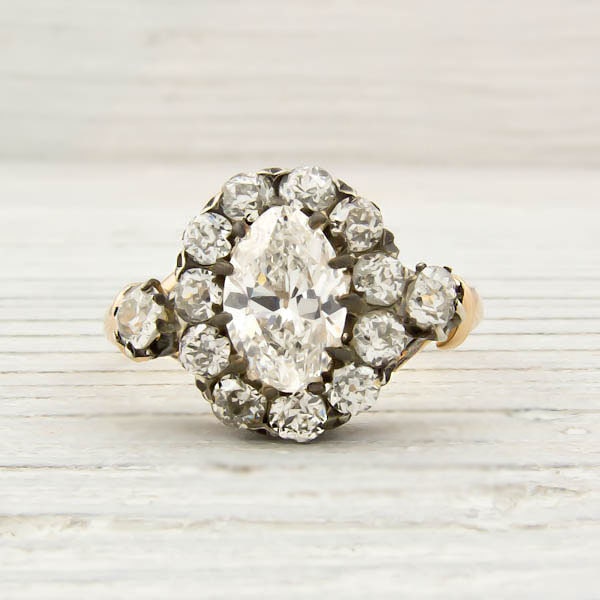
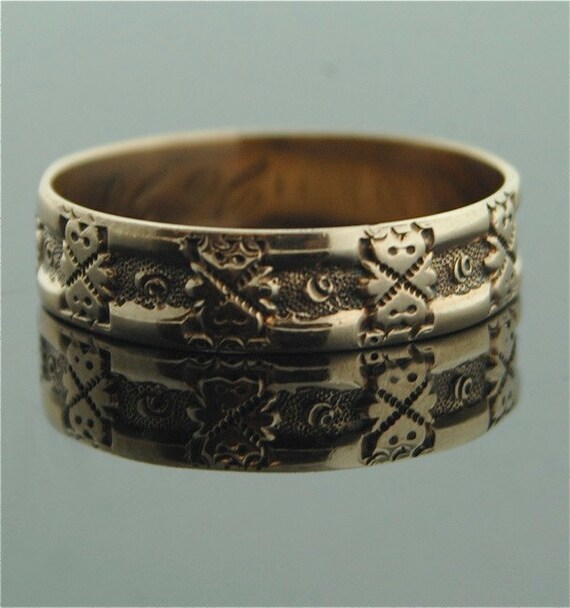

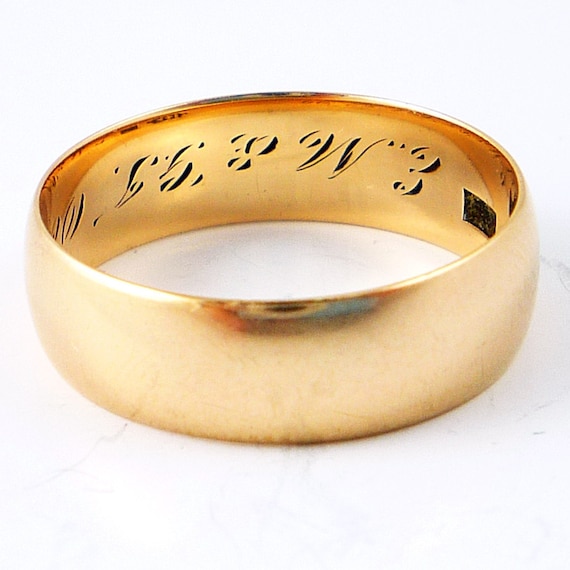
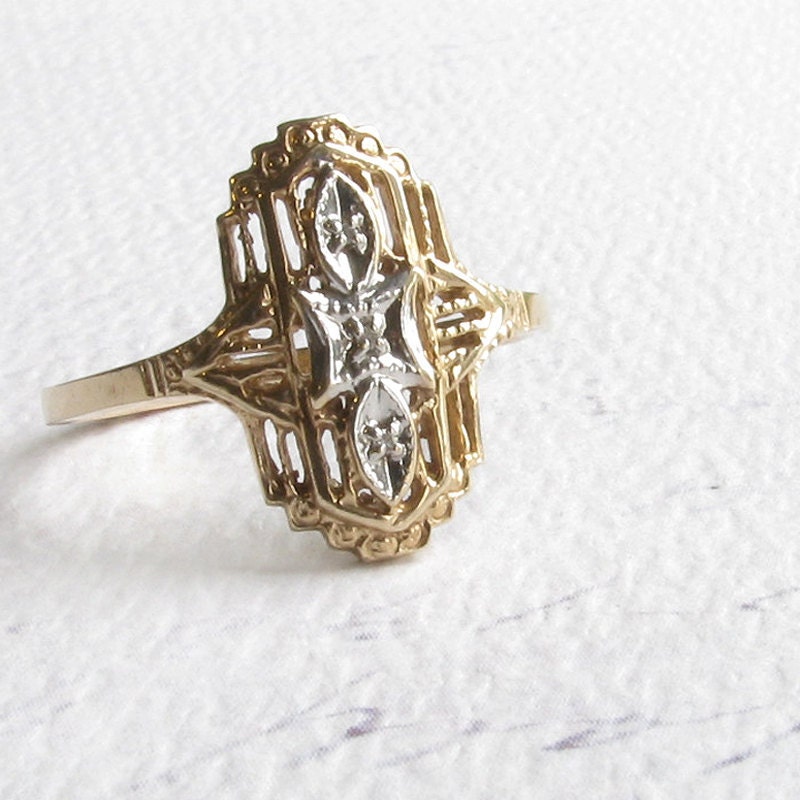
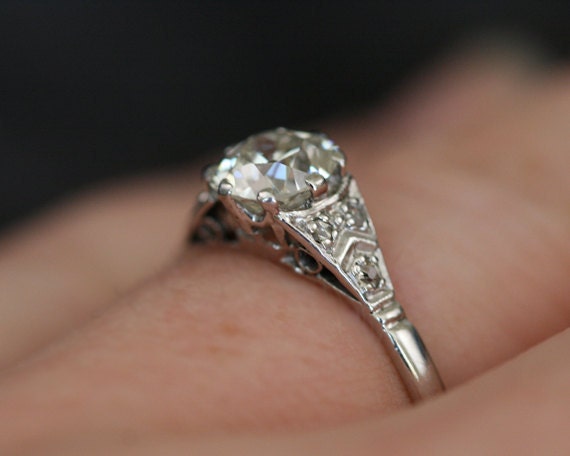
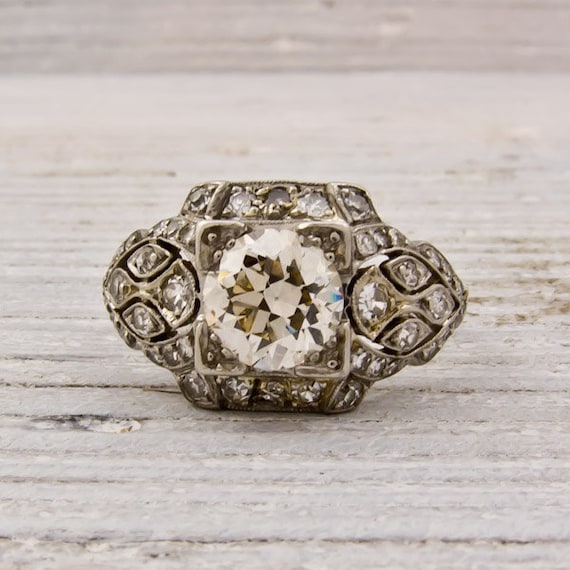
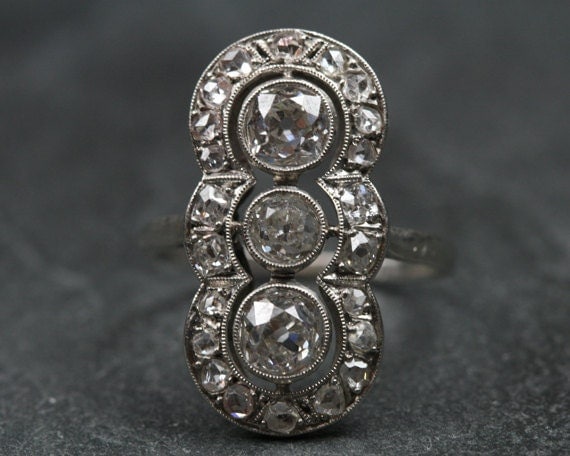
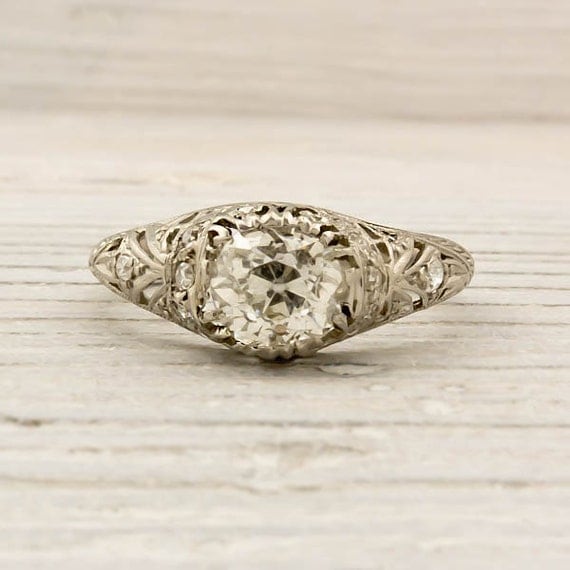
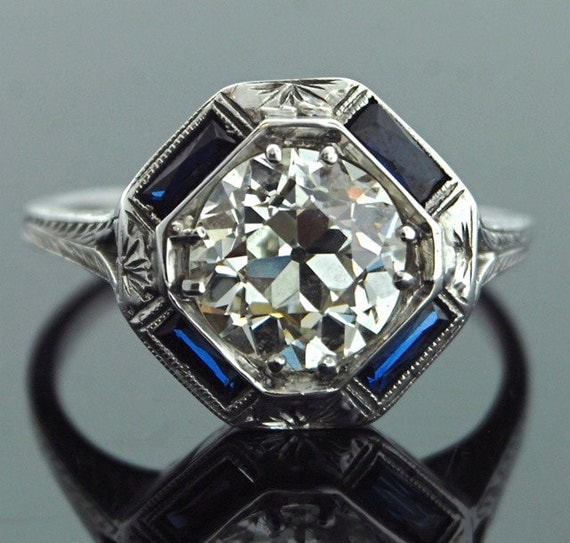
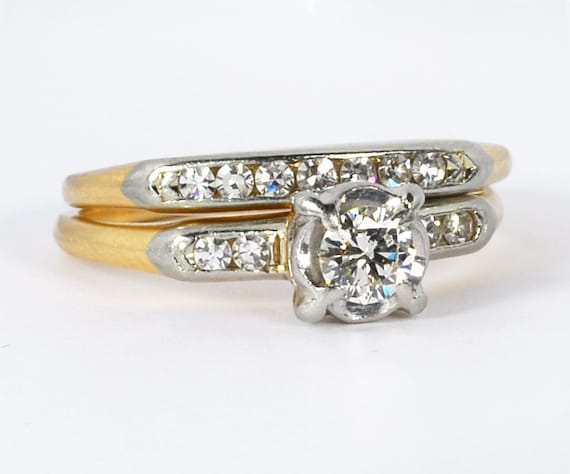
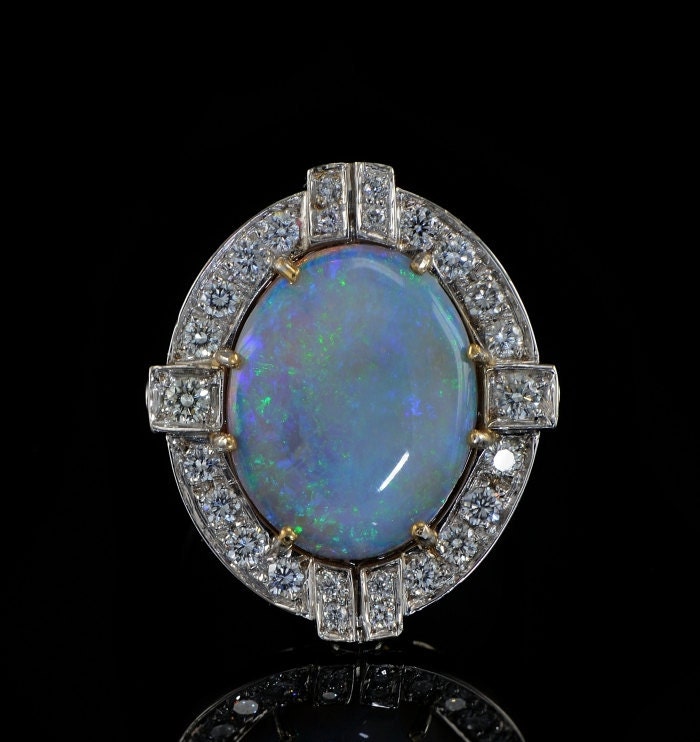
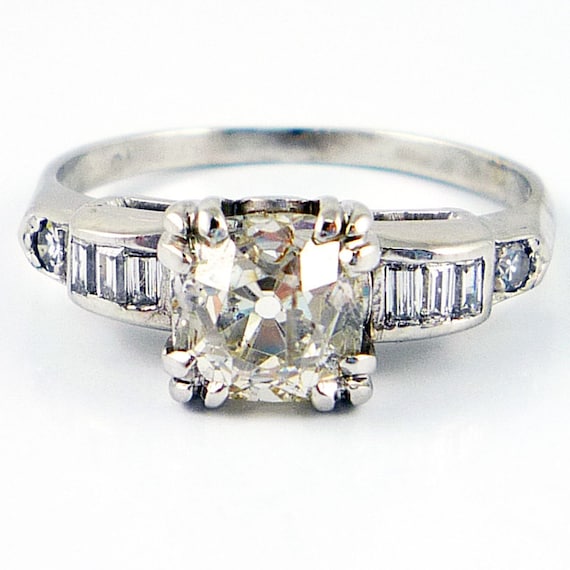
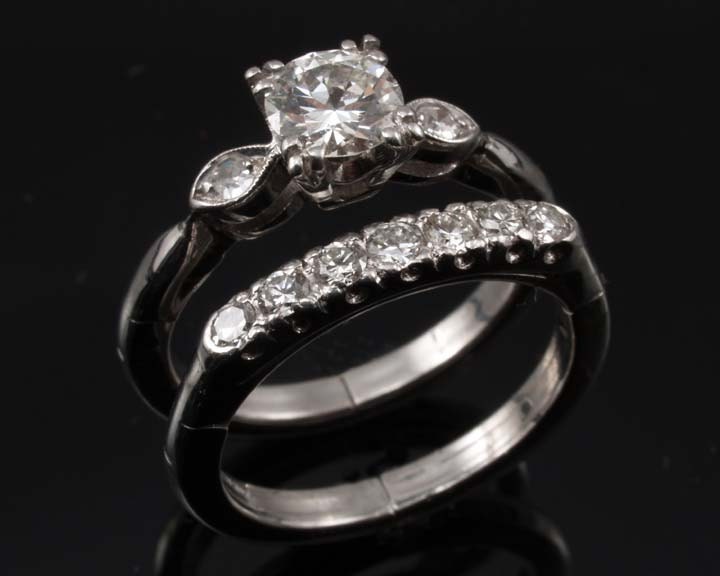
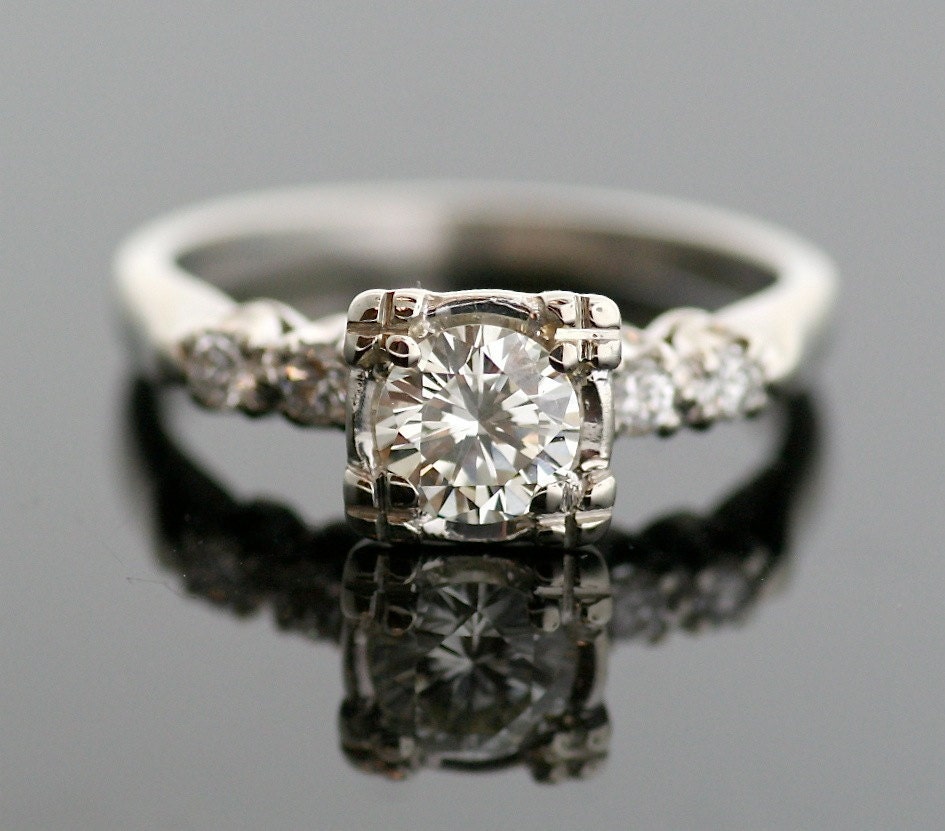
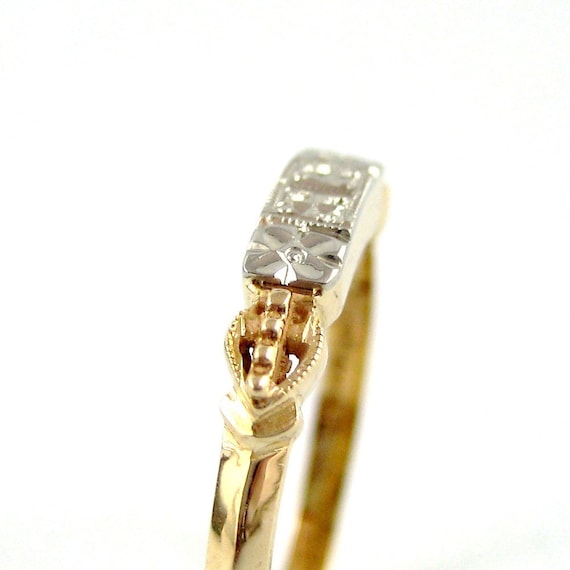
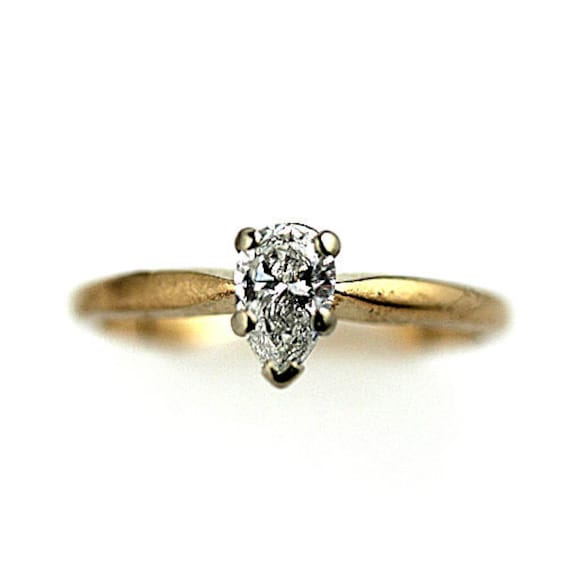
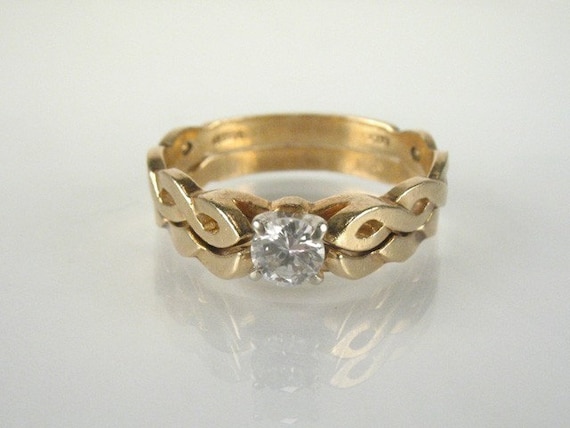
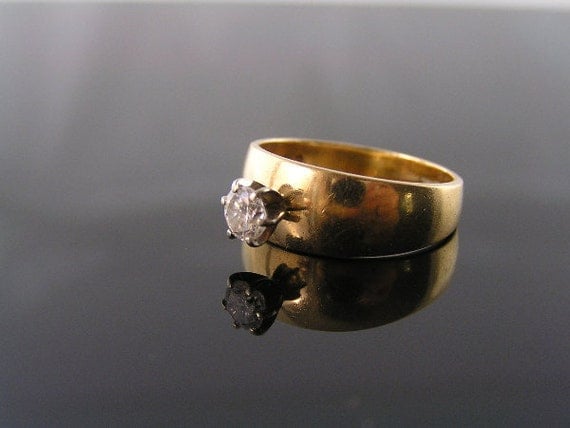
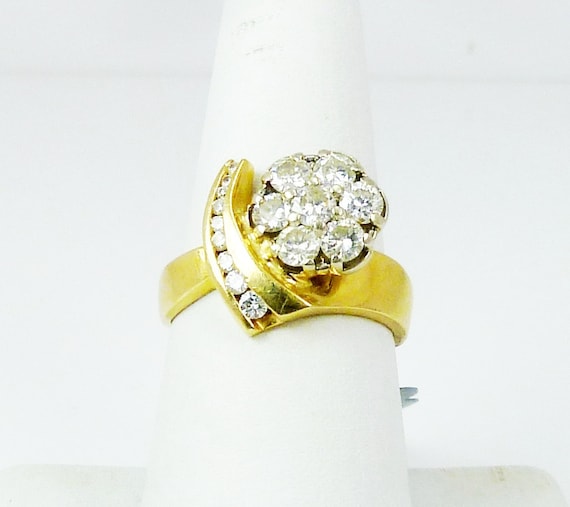
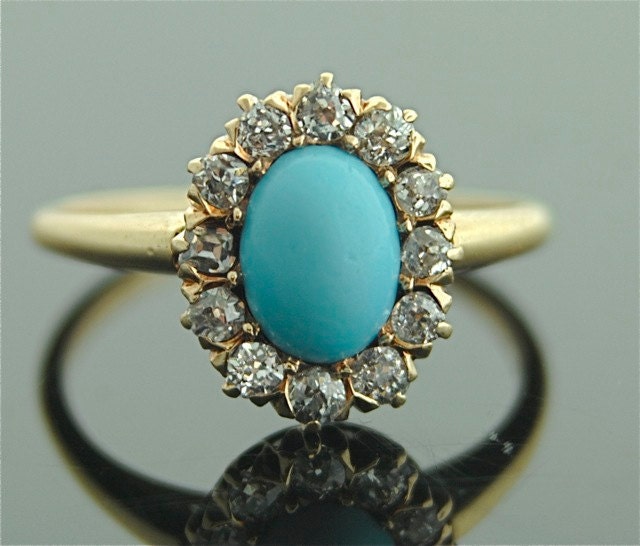
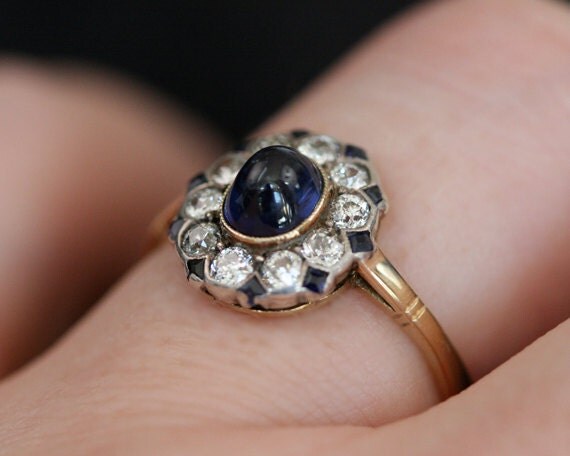

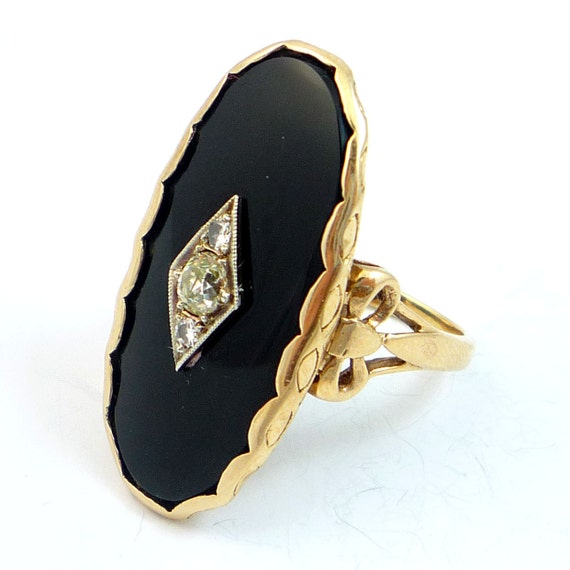
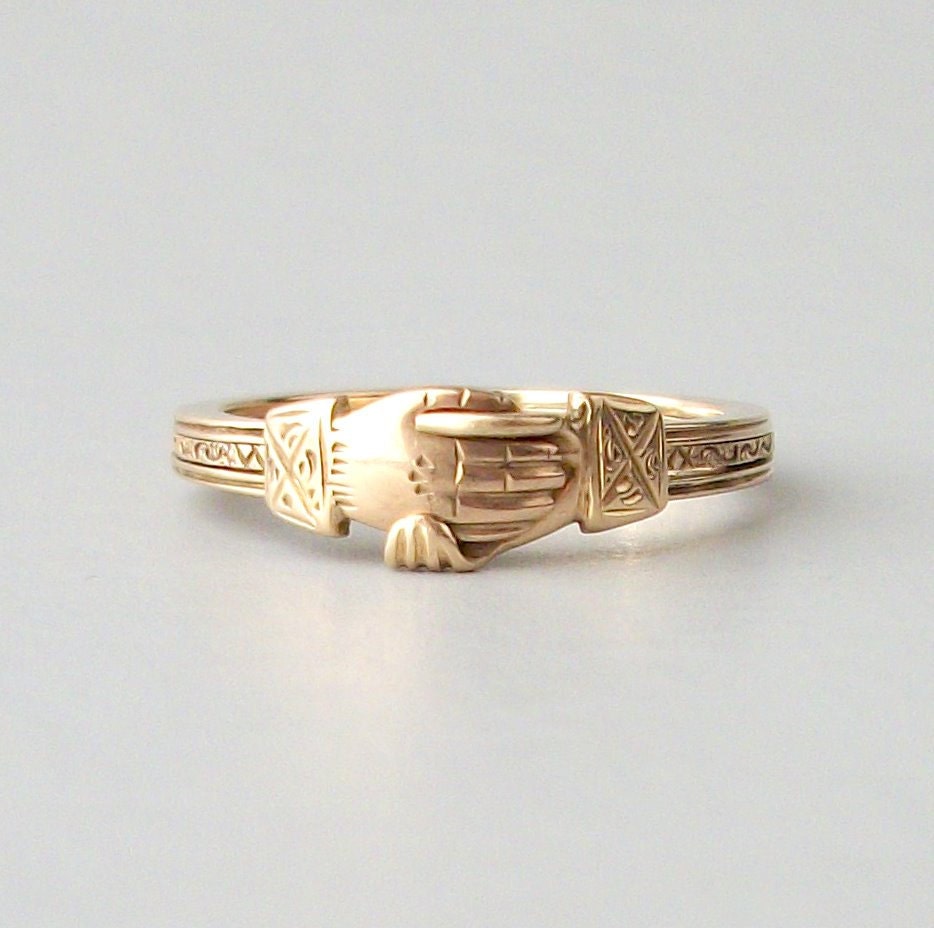



40
Sign in to add your ownJennifer Svensson says:
This is an excellent piece! I love the pictures that accompany each description. Well done and so informative!
13 years ago
Jill DeVille from jilldeville says:
Beautiful article, thanks!!
13 years ago
astilady from astilady says:
Wow...very well done....Photos are georgous....descriptions are right on. Everyone should go vintage and make their purchase with confidence....Thanks for enlightening us with your expertise.
13 years ago
kelly christine from localhoneyshop says:
this is wonderful! thank you so much for this.
13 years ago
Romy McCloskey from fadendesignstudios says:
So lovely and very inspiring~ I will be sharing this with with my readers and my bridal clientele~ http://www.fadendesignstudios.com
13 years ago
CindyLWagner from VintageAus says:
Thank you for a well written article you are the expert
13 years ago
urastarhouse from urastarhouse says:
Oh my goodness this guide is so helpful!
13 years ago
Renee Giglia says:
Very informative. Especially for the person who loves jewelry but is not as familiar with all the lingo. Beautiful pieces! <3
13 years ago
asecondtime from ASecondTime says:
Excellent article! Thank you!
13 years ago
SITFineJewelry from SITFineJewelry says:
Wonderful article, thank you!
13 years ago
Kelly Thomann says:
Awesome etsy article! Very well written and easy to understand, especially with the picture examples from each time period. I love all diamonds, but apparently am a mid century girl :). Great job, i am sure your article will prove to be very helpful to some very confused grooms-to-be :)
13 years ago
Hazel Deeps from TheDeeps says:
Thank you for finding my museum piece and featuring it here. It is truly the most magnificent piece I've ever held. So pleased to be able to offer it here.
13 years ago
WedunitjewelsVintage from WedunitStore says:
A really great, informative article. So many wonderful rings. Thank you for featuring my ring.
13 years ago
Brekk from baffy21 says:
Excellent informative article. Thank you for featuring one of our rings.
13 years ago
Lara Harris from studiolara316 says:
It is my dream to get an old estate ring...there are some gorgeous rings here on etsy!
13 years ago
moon from jewelsbymoon says:
This was a great informative article.
13 years ago
Susan Lee Stephen from SusanLeeStudios says:
Wonderful info. Great images. Thanks.
13 years ago
messinabella from BandBEstate says:
beautiful!
13 years ago
Armando De Falco from hawkantiques says:
Useful guide from A to Z. I agree in all aspects with your informative list. I believe vintage or antiques are not for everyone. I suggest every one to read your article before buying any aged ring. Thank you for including our pieces.
13 years ago
Armando De Falco from hawkantiques says:
The more I read the more I think BRAVA!!! I like you're pointing out on rarity factors more than carat weight - colour and clarity. We strive for reserch. At the end, buyer is the one that always makes a good investment when buying a good piece. Thank you.
13 years ago
Heather Atkinson from HeatherLucille says:
All of these rings are beautiful and the article informative - a very good primer! I especially love the alternative to diamond section and the Victorian engraved bands. So romantic!
13 years ago
BlueBrocade from BlueBrocade says:
Rings, and all that they symbolize to each of us, are truly fascinating. Antique rings connect our love stories to the history of couples before us who have cherished the same ring, New works of art such as these have their stories yet to be written for we are the first to hold them dear, We may even one day pass them on to our own children. They symbolize so much, and so many different ideas and values for each of us. Beautiful post!
13 years ago
boylerpf from boylerpf says:
Wonderful article, Lauren!
13 years ago
Laura Austin says:
Love this article, so helpful and informative! thanks
13 years ago
Erin Keegan says:
Can you please give some insight on why to avoid coral? I was considering that for my wedding ring.
13 years ago
Picardi Jewelers from PicardiJewelers says:
We have always been a fan of the old.
12 years ago
Ageless Heirlooms from laurenrosedesign says:
Erin, You don't necessarily have to avoid coral, but it is porous and soft, so everyday wear can cause it to scratch, break, or crack without the proper care. If you are easy on your rings, you shouldn't have a problem. No ammonia or harsh cleaners...
12 years ago
MJV Owners, Laura Mae and Amanda Jean Vintage from MaejeanVintage says:
Love your shop and article... very informative! :-) I have been thinking about applying to The Gemological Institute of America! Do you go on campus? I've been thinking about distint learning and on campus labs. Keep up the amazing work!
12 years ago
Nicole (Pop) from popgoesmyvintage says:
Wonderful article!
12 years ago
Renee from RighteousRecycling says:
Great article, I have fallen in love with the Vintage Wedding Ring World!
12 years ago
Karla Sobelman says:
Yes Yes Yes .......ooooooh yes!!!! Who cares about the groom- bring on the jewels!
12 years ago
Kristin Coffin from KristinCoffin says:
A great article! And a good point that all jewelry - old as well as new - will require maintenance/repairs over its lifetime. It's a common misconception that jewelry is an heirloom and therefore meant to last a lifetime without needing repairs. Jewelry will only last with proper care, checkups, and work as areas weaken over time.
12 years ago
Jen Ryder says:
This is a great article! My engagement ring is from the Art Deco period, and I absolutely love it! Only problem is we're having a hard time finding a wedding band to go with it as it's fairly rounded, and since the white gold is antique, new white bands don't look quite right next to it. Any suggestions for finding a wedding band?
12 years ago
Susan Wagner from beachbabyblues says:
Fantastic info ! Beautiful photos ! Thank you !
12 years ago
Create The Cut - Paper from CreateTheCutPaper says:
So interesting
11 years ago
J Stewart from NanasKnitIt says:
viewing your photographs has brought back several pleasant memories of my grandmother - she had a ring exactly like one of those Edwardian diamond rings. Thank you
11 years ago
Hannah M. from artXchic says:
These rings are absolutely stunning!
11 years ago
Jenny says:
Love the beautiful vintage wedding ring.Thanks for your article.
11 years ago
Jacobs Hoobs says:
Vintage engagement rings are a great gesture to show love and respect towards a women. I was looking for some great information on vintage engagement rings and this is where I found it. All those rings look great. You all can find some more great information on vintage engagement rings at Trumpet and Horn.
9 years ago
Wedding Bands says:
"Thanks for clarifying us with your knowledge. This is a very important and useful article. Especially for the person who loves the jewelry but not familiar with the entire idiom. Great job, I am sure your article will show to be very helpful to the people who are getting married in short time. "
9 years ago